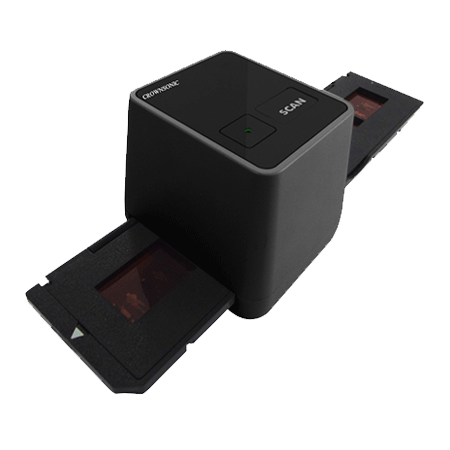The human eye can see a wide range of brightness from dark to light, but the camera can't, and the camera's ability to handle that range becomes an important measure of the sensor, known in film as the "width" and in digital as the "dynamic range."
We usually say that the film width is high, even if the exposure difference of two or three blocks can be pulled back, in fact, for most digital cameras today, RAW processing exposure tolerance is also very high.
Photographer Bill Lawson wanted to test the difference between the dynamic range of film and digital cameras. He took 21 photos of the same scene, the same frame, from -10 exposure to +10 exposure using film camera and digital camera respectively. The same sensitivity, the same aperture, the same shutter, the results are completely different.
For his digital camera, he used Nikon D750 to shoot in ISO100, Kodak T-Max 100 to shoot the film, Nikon N90 (F90) to shoot the camera, and Nikon 135mm f/2 f/4.8 to shoot the lens. In order to make the photos underexposed, Lawson used ND400 filter, which darkened the photos by 9 levels.
Of course, the results of this experiment can only represent the possibility of a specific environment, because in different lighting environment, different post-processing, will certainly have different conditions, but the experiment also tells us such a possibility, let's take a look at the results of his experiment.
When the photos are overexposed, we can see that the film photos still show the image, while the digital photos start to show more and more dead white,

